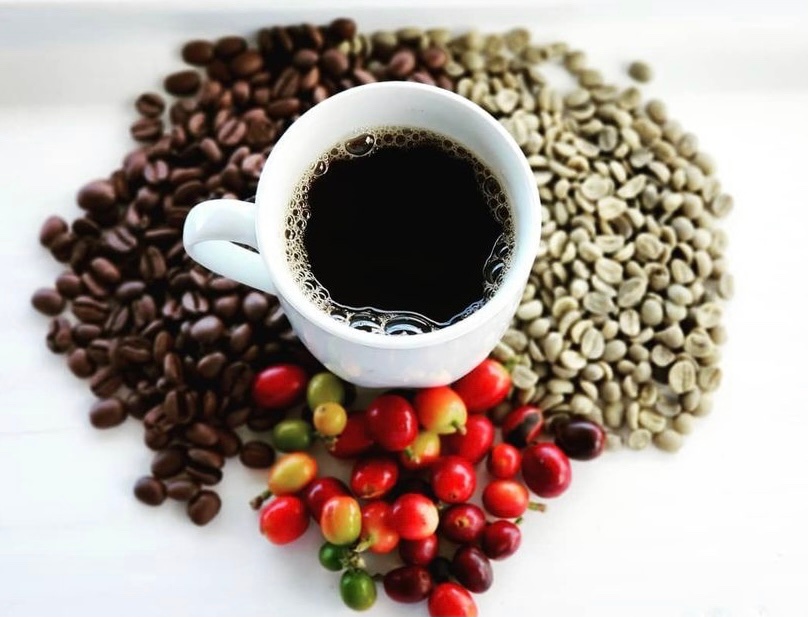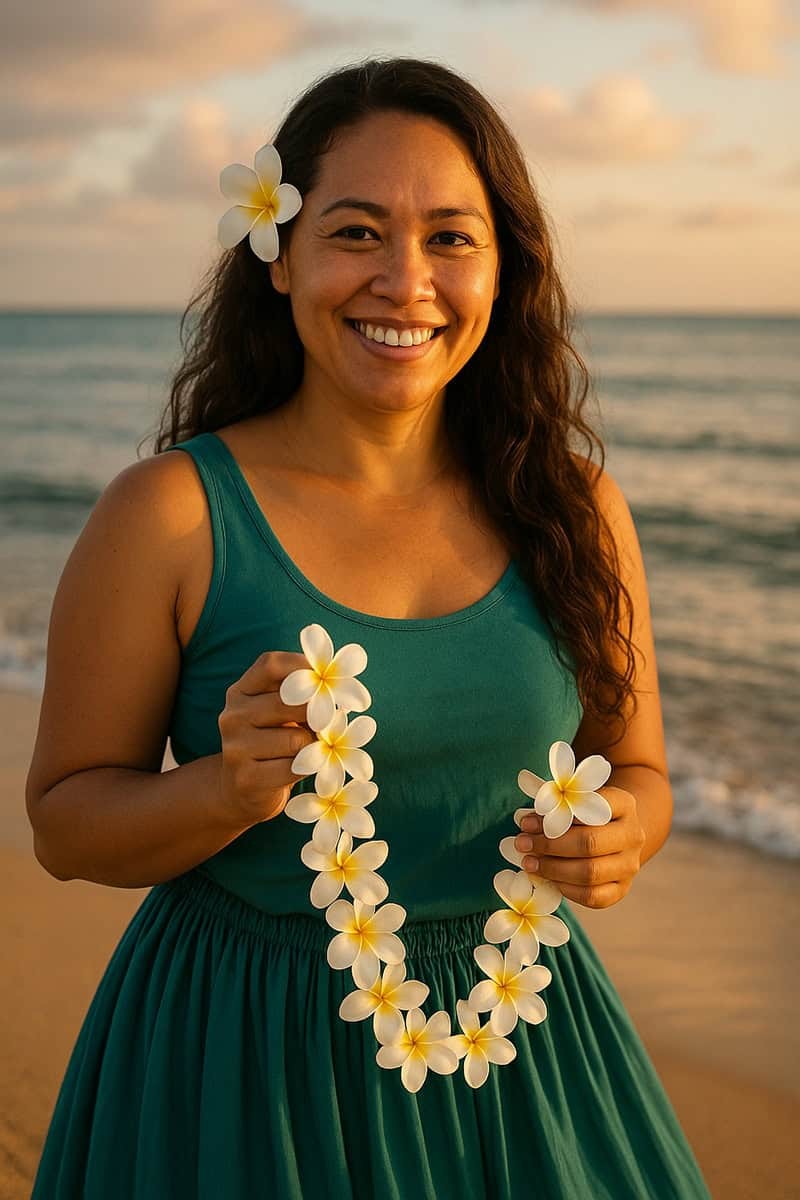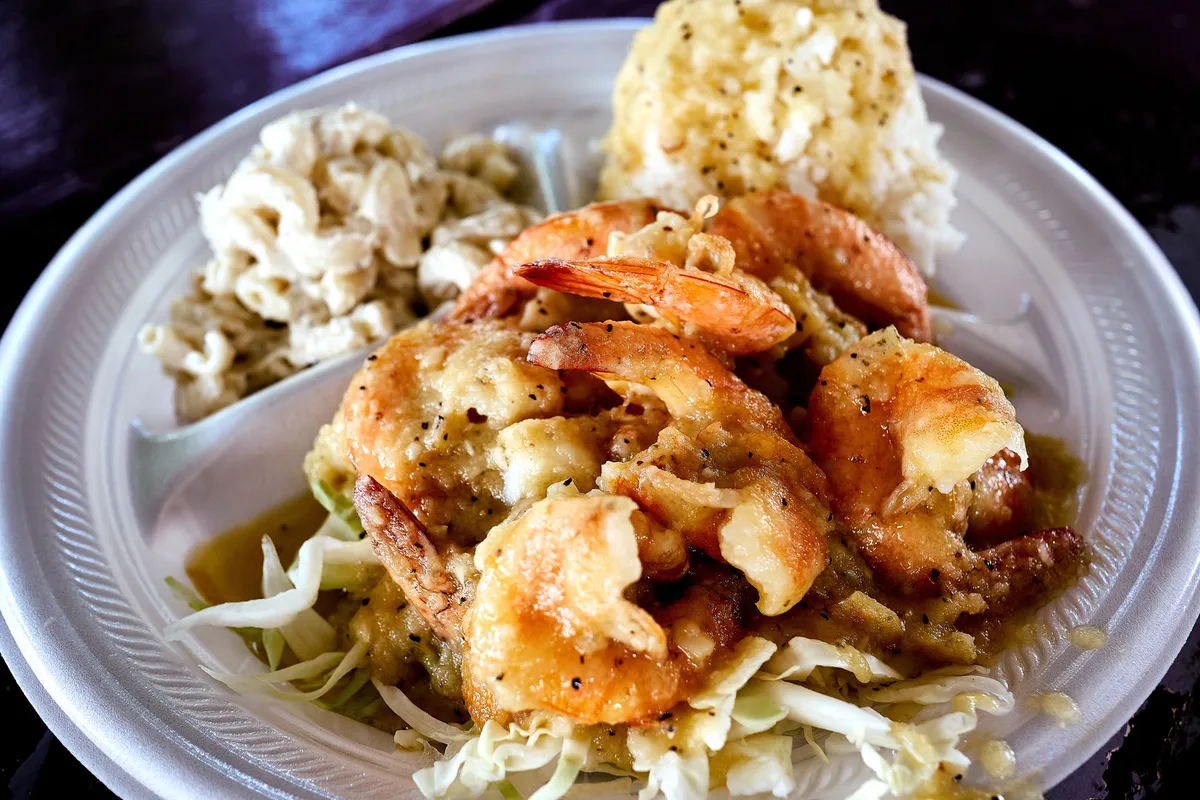
“Brew Your Best Cup”- Coffee Brewing Workshop
Heavenly Hawaiian Coffee Farm • Farm • Holualoa, Island of Hawaii • Hawaii

How diverse cultures created Hawaii's beloved "local food" in plantation camps

Written by a Cultural Practitioner
Leilani AkoFast forward to the mid-1800s. Sugar and pineapple plantations needed workers. Lots of them. So people came from everywhere. China. Japan. Portugal. Philippines. Korea. Puerto Rico. Each group brought their own food traditions.
The plantation camps became mixing bowls. Workers shared meals and recipes. They adapted to new ingredients. They created something entirely new. This became "local food"—a unique blend that exists nowhere else on earth.
Take the plate lunch. Two scoops rice, one scoop mac salad, and an entrée. It sounds simple. But look closer. The rice comes from Asian tradition. The mac salad from American influence. The entrée could be Japanese katsu, Korean kalbi, or Hawaiian kālua pig. One plate tells the whole immigration story.

The iconic plate lunch: a perfect example of plantation-era fusion combining Asian rice traditions, American sides, and local proteins
The plate lunch started as bento boxes brought by Japanese workers. Other cultures added their touches. Portuguese workers contributed sweet bread. Chinese workers brought stir-fry techniques. Filipino workers added adobo and pancit. Korean workers brought kimchi and barbecue marinades.
Brought wok techniques, dim sum traditions, and char siu. Local manapua (steamed buns) evolved from Chinese bao.
Created the bento box foundation that became plate lunch. Contributed teriyaki, tempura, and rice-based meals.
Brought malasadas (donuts), sweet bread, and linguiça sausage. Created the foundation for local bakery culture.
Introduced adobo, pancit noodles, and vinegar-based preservation. Added tropical flavors like green papaya.
Saimin tells another story. People think it's Japanese ramen. It's not. It's pure Hawaiian creation. The clear broth comes from Japanese dashi techniques. The char siu pork is Chinese. The noodles are wheat and egg. Sometimes you'll find Portuguese linguiça or Korean kimchi floating in there too. That's local food.
The word "saimin" itself shows the fusion. "Sai" means thin in Chinese. "Min" means noodle. But the dish evolved beyond its parts. Each family had their own version. Some added fish cake. Others preferred green onions. Some liked soft-boiled eggs. The variations were endless.
Pure Hawaiian creation mixing Japanese dashi, Chinese char siu, and local additions like Portuguese linguiça.
WWII necessity became beloved snack. Japanese technique meets American ingredient with Hawaiian creativity.
Portuguese sugar-dusted donuts became local celebration food for festivals and special occasions.
Rainbow, Zippy's, L&L
Giovanni's, Aloha Plate
Farmers markets, mom & pop shops
The plantation stores played a role too. They stocked ingredients from all the different cultures. Rice from Japan. Soy sauce from China. Olive oil from Portugal. Black beans from China. This made fusion cooking possible. Workers could find familiar flavors and combine them in new ways.
Multicultural ingredient hubs that stocked foods from around the world, enabling fusion cooking in plantation camps.
Meeting places where different ethnic groups shared ingredients, techniques, and cultural knowledge freely.
Local markets became meeting places. Different ethnic groups shared ingredients and techniques. A Portuguese woman might teach a Filipino neighbor to make sweet bread. A Chinese cook might show a Korean worker how to make char siu. Knowledge flowed freely between cultures.
Every culture left its mark. Every dish tells a story of adaptation and community. These foods became more than sustenance. They became identity. Comfort. Connection. They represent a shared experience forged in the plantation fields, passed down through generations.
"Local food isn't just about taste—it's about ohana."
These plantation-born dishes created a shared identity that transcended individual cultures. When you eat local food, you're participating in a tradition of community, adaptation, and resilience that defines modern Hawaii.

Heavenly Hawaiian Coffee Farm • Farm • Holualoa, Island of Hawaii • Hawaii

